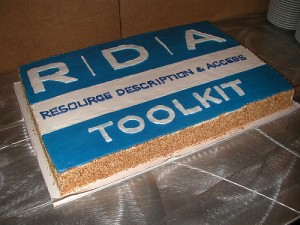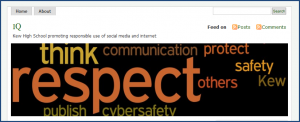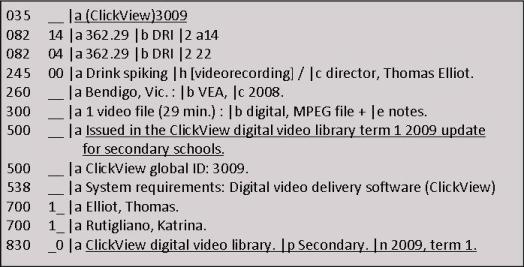SCIS, along with the library world globally, is implementing the new Resource Description and Access (RDA) cataloguing standards – the first major change to take place since the Anglo-American Cataloging Rules, second edition (AACR2) were released in 1978.
SCIS Standards for Cataloguing and Data Entry 2013 edition
The standards that govern SCIS cataloguing have been rewritten and the new 2013 edition has now been published. This extensive document available as a PDF download from the SCIS Help page, is written for SCIS cataloguing staff and runs to 209 pages. The sections most affected by RDA include:
Section 2: Descriptive cataloguing
Section 5: Standards for specific formats, and
Section 6: MARC coding: Bibliographic records

CC-by-nc-sa
SCIS cataloguers will commence using these standards on 1 July 2013.
SCIS major decisions
SCIS has consulted with library system providers in Australian and New Zealand school libraries and has decided to move slowly towards full RDA implementation. From 1 July 2013 – 1 July 2014 SCIS will produce hybrid RDA records which continue to use the GMD from AACR2, and which will also retain the 260 Publication field rather than the new 264 field: Production, Publication, Distribution, Manufacture, and Copyright Notice, used by most systems using RDA.
RDA test records
The following records have been added to SCIS so library system providers and SCIS subscribers can test any impact of the change in standards on their systems.
Please note that ISBNs have been removed from these records so they are not accidentally retrieved through SCISWeb or Z39.50. Normal SCIS records will continue to include the ISBN where available.
| Title | Type of resource | Hybrid RDA test |
Pure RDA test |
| Chasing the light : a novel of Antarctica | book, fiction | 1614792 | 1614815 |
| Saint Paul’s letters to the Corinthians in the Revised Standard Version and New Vulgate | book, nonfiction | 1614767 | 1585707 |
| Eraserhead | video recording, DVD | 1614751 | 1588961 |
| Desire | musical sound recording, CD | 1614750 | 1588970 |
| The call of the wild | audiobook, online | 1614737 | 1607780 |
| 100 healthy desserts | e-book, online | 1614769 | 1581096 |
| Home of the Australian Women Writers Challenge | website | 1614785 | 1614812 |
Background on RDA
For a review of what RDA is, and why it is being implemented revisit this compilation of previous Connections articles and blog posts.
In Connections 83 (October 2012) we published an article by Renate Beilharz from Box Hill Institute entitled: Why new rules, and what’s it got to do with me?
Issue 84 explained How SCIS will implement RDA, and Issue 85 provided more detail on how RDA deals with media types.
As part of the SCIS consultation on 4 December 2012 Renate also provided an introduction to RDA and its benefits for education libraries.
More information about RDA is available on the website of the Australian Committee on Cataloging.





